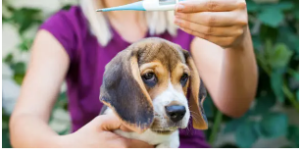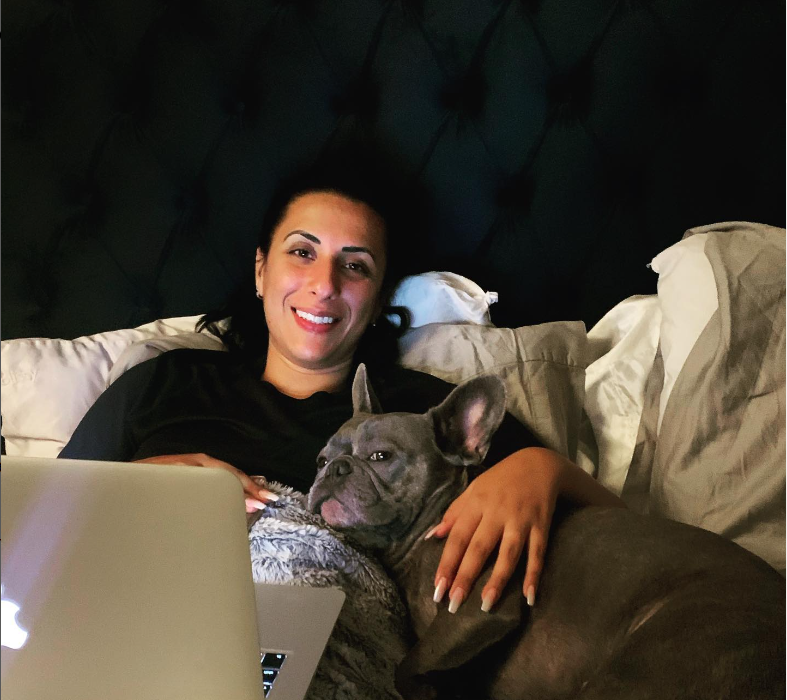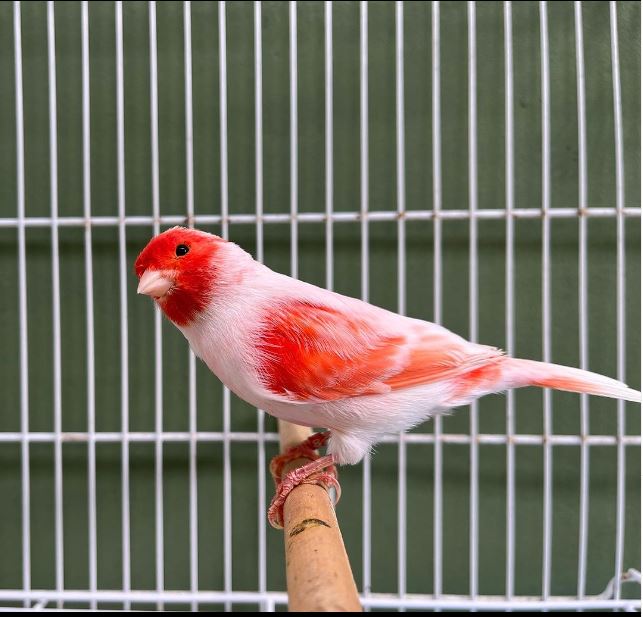Signs Your Dog Is In Labour
The labor process in dogs can be long and complicated, but it is crucial to know the signs that your dog is in labor so that you can be prepared and offer her the support she needs.
What are the stages of labour in dogs?
There are three stages of labour in dogs:
- Stage 1: This is the longest and can last up to 24 hours. During stage 1, the cervix dilates, and the puppies move into the birth canal. Your dog may experience restlessness, panting, and vomiting during this stage.
- Stage 2: This is the stage when the puppies are born. Each puppy is typically born within 15-30 minutes of the previous puppy. Your dog may strain and push during this stage.
- Stage 3: This is the stage when the placentas are delivered. Each placenta is typically delivered within 5-15 minutes of the birth of the corresponding puppy.
What are the signs that my dog is in labour?
Some of the most common signs that your dog is in labour include:
- Drop in body temperature: A dog’s body temperature will typically drop by 1-2 degrees Fahrenheit within 24 hours of the onset of labor.
- Restlessness and anxiety: Your dog may pace, pant, and whine as she prepares for birth.
- Nesting behavior: Your dog may start to build a nest by tearing up blankets and bedding.
- Licking of the genitals: Your dog may lick her genitals to clean herself and to stimulate contractions.
- Vulvar discharge: Your dog may have a clear or bloody discharge from her vulva.
- Contractions: Your dog’s abdomen will contract as she pushes the puppies into the birth canal.
How long does labor last in dogs?
The length of labour in dogs can vary depending on the individual dog and the number of puppies. However, most dogs will give birth to their puppies within 12-24 hours.
What should I do if my dog is in labor?
If your dog is in labour, there are a few things you can do to help her:
- Provide a quiet and comfortable place for her to give birth. This could be a whelping box, a crate, or a quiet corner of your home.
- Make sure she has access to plenty of fresh water.
- Monitor her progress closely and be prepared to assist her if needed. For example, you may need to help her tear the amniotic sac or remove the mucus from the puppies’ noses and mouths.
- If you have any concerns, contact your veterinarian immediately.
Here are some additional tips for helping your dog through labour:
- Stay calm and reassuring. Your dog will sense your anxiety, which could make her more stressed.
- Talk to her in a soothing voice and pet her gently. This will help her to feel safe and comfortable.
- You can gently massage her abdomen to help her relax if she is straining to push.
- If she is having trouble delivering a puppy, you can try to pull the puppy out by its hind legs gently. However, be careful not to pull too hard, as this could injure the puppy or your dog.
If you have any concerns about your dog’s labour or if she is having difficulty delivering a puppy, please contact your veterinarian immediately.
Here are some common problems that can occur during labour:
- Dystocia: This is a term used to describe any difficulty with the labor process. Various factors, such as a giant litter size, a malpositioned puppy, or a narrow birth canal, can cause dystocia.
- Eclampsia is a severe condition that can occur in pregnant or lactating dogs. A low blood calcium level causes eclampsia and can lead to seizures, muscle tremors, and collapse.
- Uterine inertia: This is a condition in which the uterus does not contract properly. Uterine inertia can lead to prolonged labor or even a stillbirth.
If you suspect your dog is experiencing these problems, please get in touch with your veterinarian immediately.
After the puppies are born
Once all of the puppies have been born, you must monitor your dog and her puppies closely. Make sure that the puppies are nursing and that they are gaining weight. You must also clean up the whelping area and remove any placentas or other debris.
Please get in touch with your veterinarian immediately if you have any concerns about your dog or her puppies.



